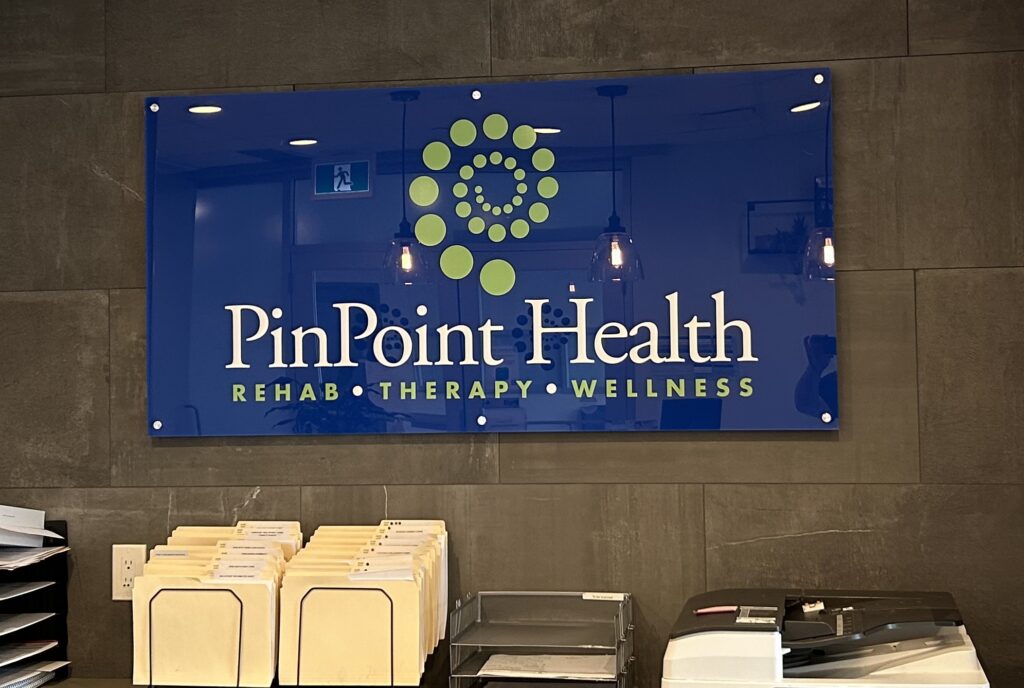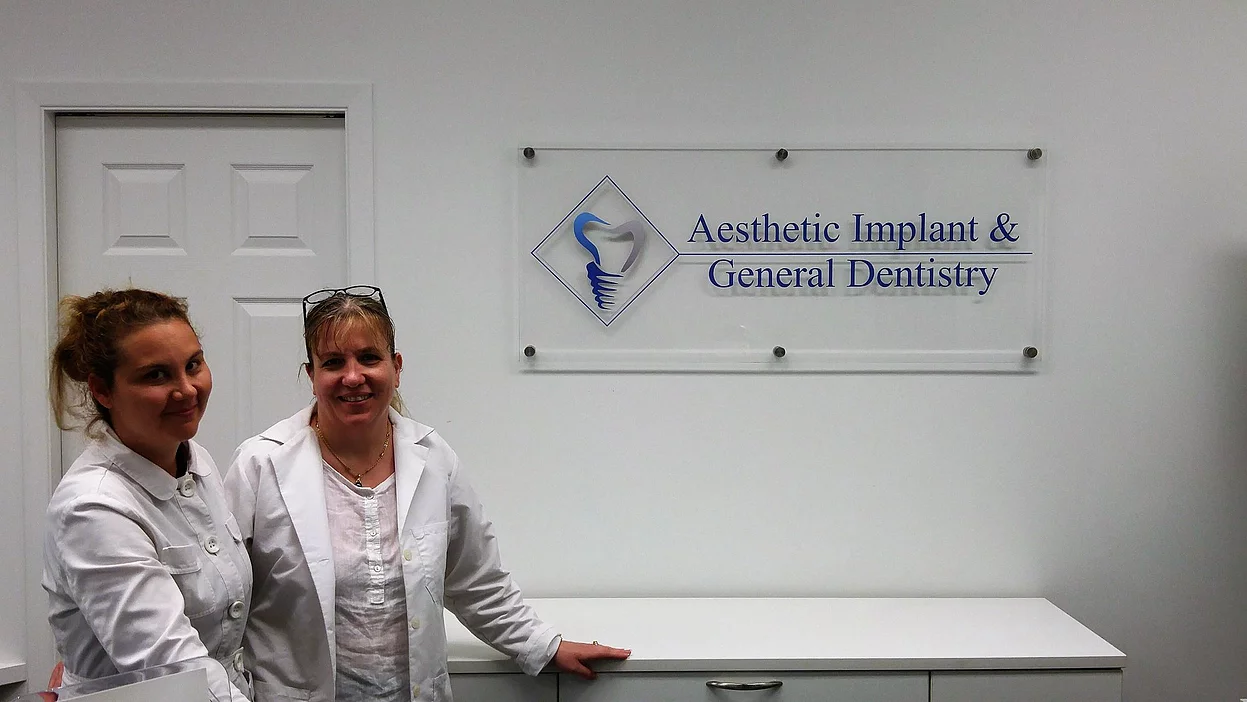When it comes to acrylic signage, the options may seem overwhelming at first glance. But fear not! Each type serves a specific purpose, offering unique benefits for various needs and preferences.
Clear acrylic signage is the go-to choice for those seeking transparency and durability akin to tempered glass. Within the realm of clear acrylic, you have two primary options:
- Standard Surface Clear Acrylic: Here, the design is printed directly onto the front side of the sign. This method results in a matte sheen, perfect for those who prefer a less reflective finish.
- Second Surface Clear Acrylic: In this approach, the design is printed on the back of the acrylic, facing towards the front. This creates a transparent gloss and offers added protection for your custom graphics.
Moving on to frosted acrylic, this type utilizes a special overlay to diffuse light, resulting in a blurred effect reminiscent of a foggy window. Beyond its aesthetic appeal, frosted acrylic also provides an element of privacy, making it ideal for larger signage or dividing spaces within a facility.
Then, there’s milky acrylic, which offers a subdued white appearance while allowing light to pass through. This type is particularly effective when coupled with a light source, producing a soft, attention-grabbing glow. Milky acrylic also excels in providing privacy, making it suitable for various applications, from illuminated lobby signs to indoor barriers.
When deciding on the right acrylic signage for your business, consider your company’s goals and the specific application of the signage. While clear acrylic may be a timeless choice, frosted and milky options offer unique advantages like privacy and aesthetic appeal.
This acrylic sign for Pin Point Health is an example of clear acrylic with a blue translucent.

Transparency and translucency play vital roles in determining the visual characteristics of materials, but for the sake of simplicity in this article, let’s break it down:
- Transparent: Think of a glass window or a pristine crystal. Transparent materials allow almost all visible light to pass through them, offering clarity and unimpeded visibility.
- Translucent: Unlike transparent materials, translucent ones only allow some light to pass through. They are not perfectly clear but rather scatter or diffuse light, as seen in stained-glass windows or the lenses of sunglasses.
- Opaque: Materials that do not allow any light to pass through are considered opaque. These materials block light entirely, preventing visibility through them.
Understanding these distinctions can help in choosing the right material for your signage needs, whether you seek clarity and transparency or prefer some degree of light diffusion and privacy.
At SpeedPro Signs Canada Etobicoke/Mississauga, we specialize in creating custom plans tailored to your signage needs, ensuring you find the perfect solution for your space. Whether you need standoff signs, window graphics, or other signage options, our experts are here to help.
Ready to elevate your business signage? Contact SpeedPro Signs Canada Etobicoke/Mississauga today for expert guidance and personalized solutions tailored to your unique needs.






